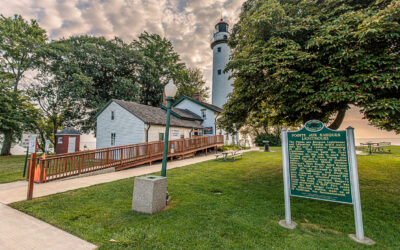Are you reluctant to visit Death Valley? Concerned it will be too hot? Worried the hikes are too strenuous? Not sure what there is to see besides cactus and tumbleweeds?
Here is a truckload of recommendations and tips covering: safety precautions, what to pack, hiking suggestions, and the must-see sights. (I’ve buried a few Easter eggs, see if you can find them.)

Death Valley National Park
If someone asks you, “Would you like to visit Death Valley National Park?” Just say, “Yes, please. When do we leave?” When Chuck suggested we visit Death Valley during our California desert vacation, he could tell I was ambivalent.

Sorry, Chuck. In my defense, my reluctance was rooted in worrying it would be a bad or difficult trip due to a harsh and forbidding desert. (And if I am honest, fearful a snake would bite me.) It wasn’t either, and it turned out to be a life-changing experience.
Death Valley is over three million acres. For comparison, it’s almost the size of Connecticut. You’re going to need wheels, ideally your own or a rental. If you don’t want to drive and would like a private guide, there are many tour companies out of Las Vegas. Bindlestifftours.com is one option. (If you know of others, please leave a comment.) Also, as a word of caution, many rental car agencies do not cover damage caused by the rough terrain in Death Valley.

Jeep rentals (½ day and full day) are available inside the park if you want to visit locations such as the Racetrack.
Safety Precautions
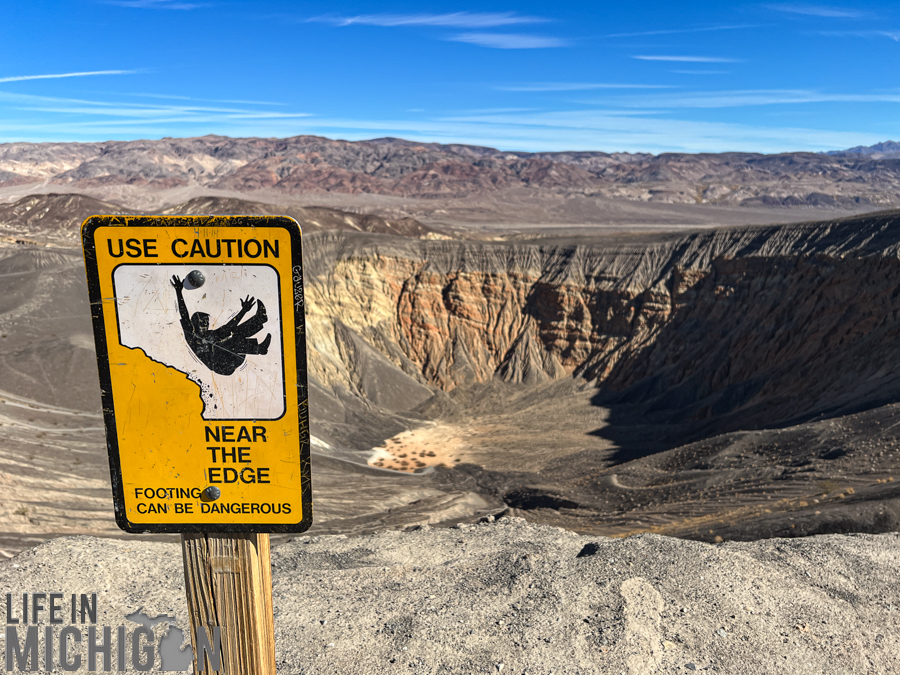
The Death Valley National Park Service website has a page devoted to safety. Study it before you go but don’t let it scare you away. Death Valley may be the hottest, driest, and lowest National Park in the United States, but you’ll be safe and rewarded with a memorable trip if you follow the safety precautions. My trip to Death Valley ranks in my top five favorite vacations. (Our New Zealand still ranks as #1!)
Planning for the heat is the number one safety precaution. Avoiding Death Valley between April and October will help, but it still gets hot during winter. We visited during November and wore fleece jackets in the evening and shorts during the day.
Here are more pointers.
Don’t go alone. Recruit your family and/or friends to go with you.
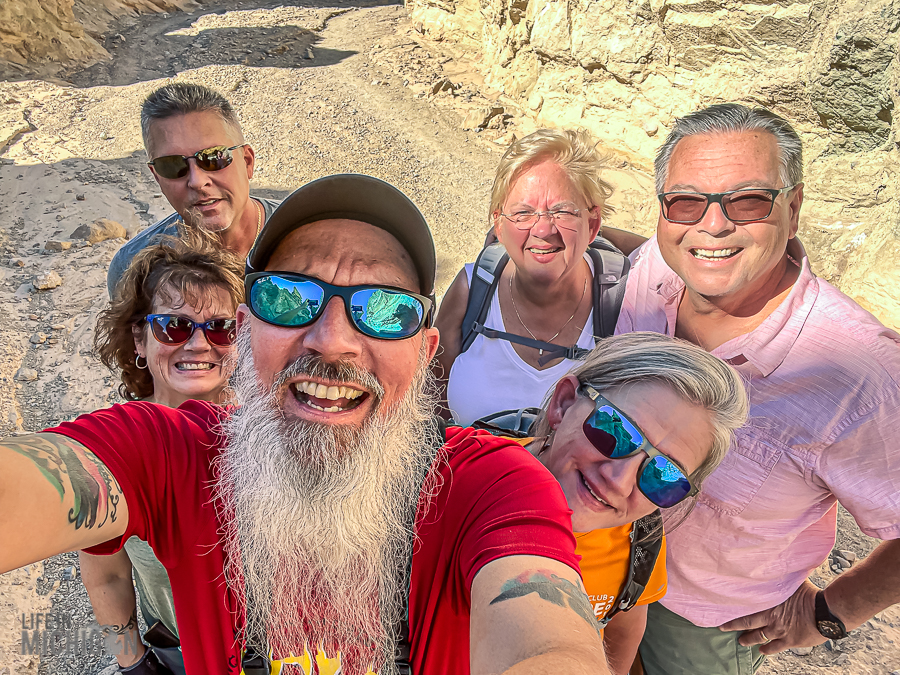
Extra Water! Take more with you than you think you’ll drink. On our first day in the park, I took just one 32 oz water bottle for the day. Huge mistake! I felt dizzy and had a splitting headache. The National Park Service recommends drinking at least one gallon of water per day to replace sweat and more if active or hiking.
Music. “Kiss an angel good mornin’ and love her like the devil when you get back home,” is the soundtrack playing in my head when I remember our Death Valley trip. Chuck belted out this song to everyone in the cafeteria during our first breakfast in the park. (If you’d like to borrow him to sing for you too, email me; I’m willing to share.)
Don’t hike during the mid-day. I know it’s tempting to sleep in, eat a late breakfast, and then hit the trail. Use the hottest part of the day to explore the museum or one of the interpretive trails or swim in the Inn’s Spring feed pool.
You can’t rely on your cell phone. Most of Death Valley doesn’t have cell phone coverage, which is nice if you want to be off the grid but not if there’s an emergency and you need to call 911 or you need GPS to navigate. The Wifi is excellent at the two most notable accommodations, the Oasis Inn and the Ranch, but it doesn’t reach beyond the campground. To be honest, it was better at the Ranch than anywhere else on our trip.
Download maps to your mobile device before you arrive. Not sure how? Google has a tip sheet for downloading a Google Map to use when you don’t have cell phone coverage. The Ranger Station has free maps, which work great if you stay on the paved roads. The National Park Service has map recommendations you should explore before you arrive, including routes from Las Vegas.
Plan for trouble. Keep extra water and snacks in your car in case of emergency. If your car breaks down, stay with it. Don’t try hiking to a Ranger Station.
Let someone know your plans. Even if you are not venturing into the backcountry where you can get seriously lost, it’s prudent to let someone know your plans. We heard horror stories about people getting lost or stranded, a few dying. Make sure your family and friends know your itinerary and when you plan to return. Check-in regularly.
Check the weather. Flash floods are a thing in Death Valley. Because flash floods are possible with rain falling miles away, avoid hiking in canyons if rain is in the forecast.
Stay on the paved roads. I don’t recommend leaving the paved roads unless it’s for a short distance or you’re with a guide. The unpaved roads can make your teeth rattle and could do some serious damage to a vehicle without proper clearance.
Don’t forget breathable footwear. Your feet will get hot, and you don’t want blisters. I wore breathable trail running shoes with lightweight hiker gaiters to keep the sand and gravel out of my shoes.
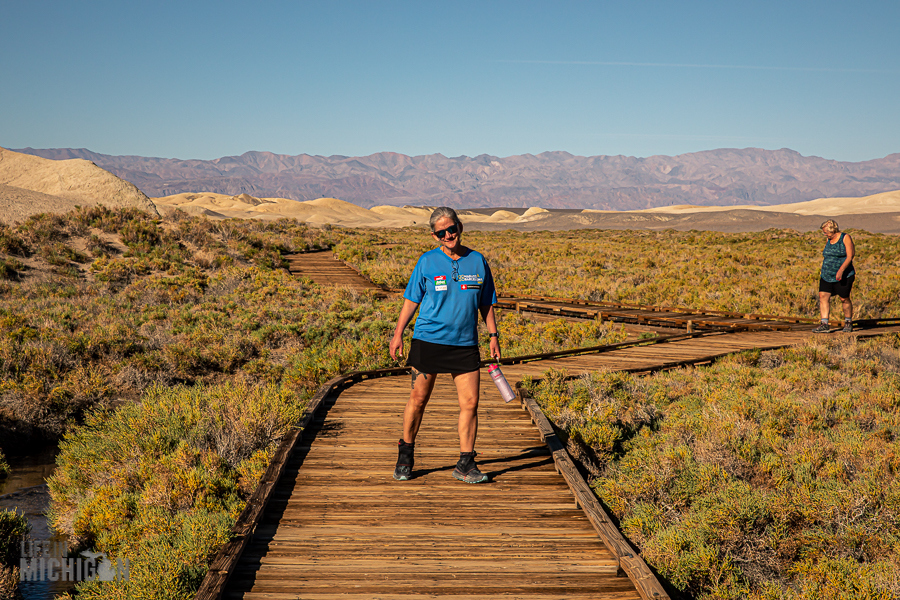
Photo: Me modeling my nifty desert gear.
Sunscreen, dry-wicking clothing, and hats: Dianne Sodt-Davitt, the Administrative Director for the Duke Health System, advised, “Death Valley is beautiful but a harsh environment. It’s extreme, and caution should be used in staying hydrated. Extra water daily will be needed, and sunscreen. Protection for dehydration and skin exposure, wear long-sleeve dry-wicking clothing and a protective hat.”
Hiking Recommendations
Before any vacation which involves strenuous activity, seniors should consult with their doctor. If it’s been a few years since you’ve hiked or are new to hiking, go hiking before your trip. Chuck starts our vacation training plan months in advance. Now that I think about it, it never really ends, and somehow we are never entirely in shape.
The trails in Death Valley can be rocky and uneven, so hiking poles are an excellent idea, especially if you’re worried about your balance. Remember, it’s not a race; set your own pace, and take a break if you need one.
Mosaic Canyon
Exploring the polished marble narrows in the lower section of Mosaic Canyon is doable for most hikers. The smooth surface is surprisingly cold and worth checking out just for the touch factor. But the trail becomes increasingly more difficult with slick rock surfaces and rock scrambling.

Dianne and Greg decided to rest at this point. The rest of us were curious about what was around the bend. We continued for another ½ mile before turning around. There wasn’t much, so resting was a good idea.


Safety tip: It’s important to know your limits and let the others in our group know when you need to rest. The only downside is that the unpaved access road to the parking lot will rattle your teeth.
Golden Canyon
While hiking in Golden Canyon, we passed another hiker returning from the Red Cathedral. I asked them about the rock scramble and then the climb over the short ledge, which I read about in the trail guide.
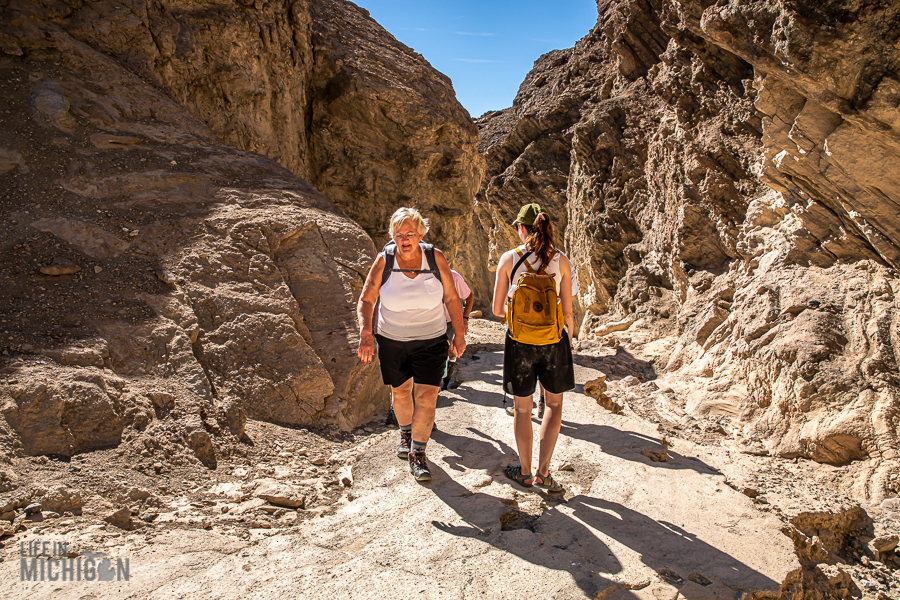
“It wasn’t bad,” said the young hiker, “but it required me to use my hands, and you need good balance.” This information confirmed that I needed to sit and wait. I found some gum and entertained myself by sorting my pack while we waited for Chuck and Jeff to either return or fall off the ledge.
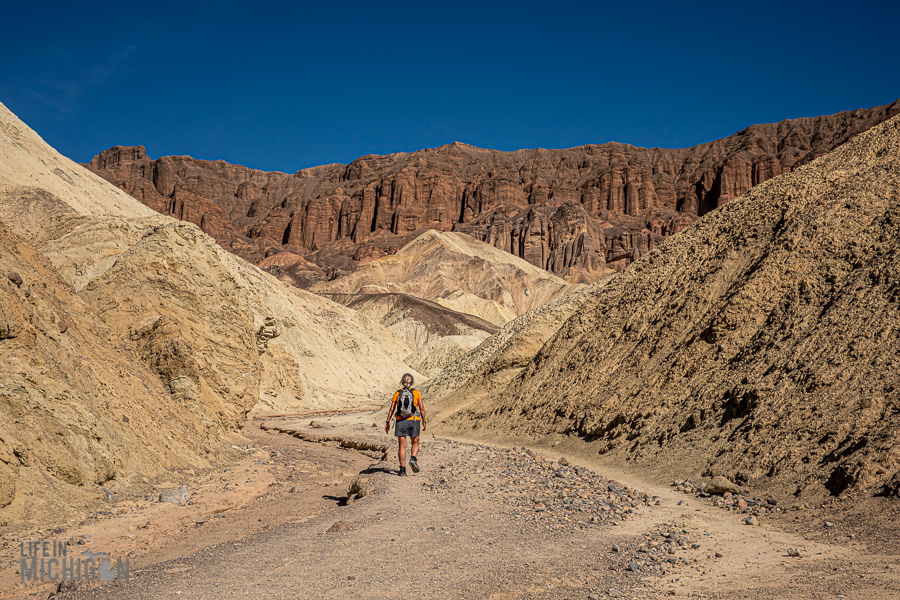
It was a three-mile out-and-back hike. The trail is rocky and winds through colorful walls and is a “must-do” for anyone visiting Death Valley.
Ubehebe Crater Rim
While debating if we should hike around Ubehebe Crater Rim, we met another hiker who, until recently, used a wheelchair. He was thrilled to be hiking in Death Valley. We took his picture for him, congratulated him on his hard work, and enjoyed the view.

Jeff and Chuck were feeling like randy young goats and hiked the loop around the crater.
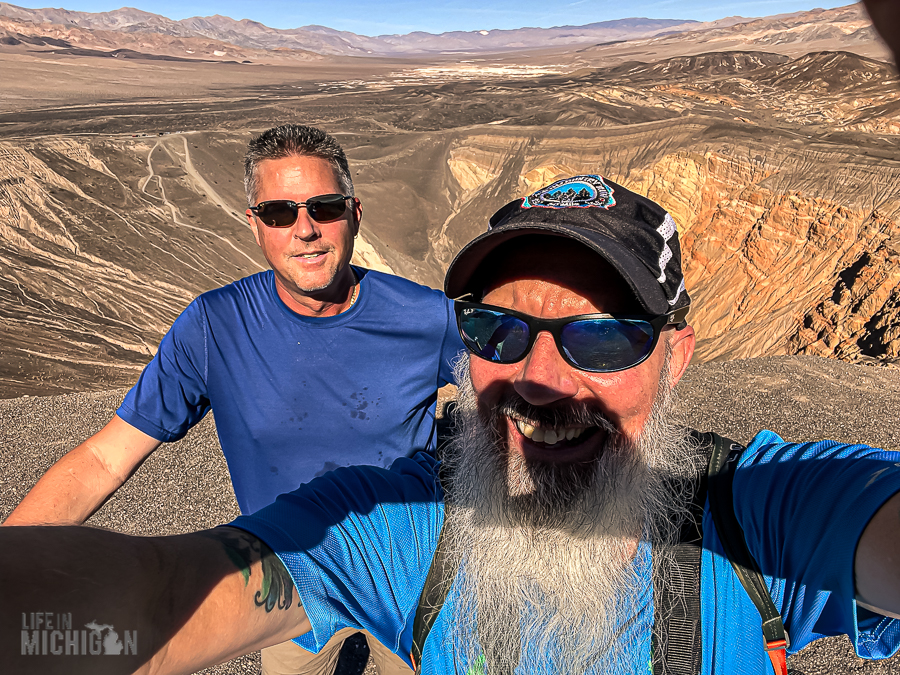
Greg pretended to be a lizard and sat on a bench near the car. I hiked with Angie and Dianne to the overlook. The view is panoramic. No one attempted the hike to the bottom of the crater. (Even the randy goats took a pass on that one.) It’s reported to be exhausting to hike out of the crater.
Badwater Salt Flat
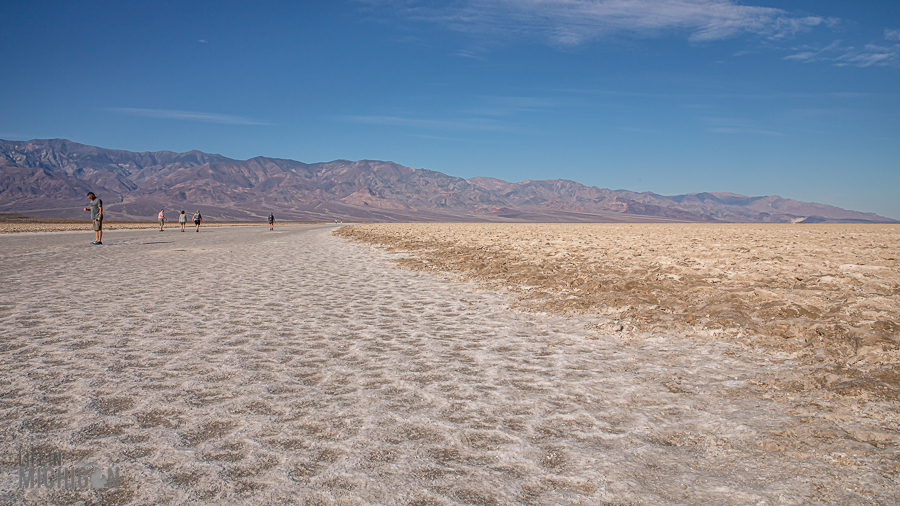
Badwater Salt Flat was our first hike below sea level. The trail is ADA accessible and suitable for everyone; just be careful if you visit during the summer as the heat can be deadly. The official trail is only a mile, but you can hike farther. Just keep track of the distance and have plenty of water with you.
Devil’s Golf Course
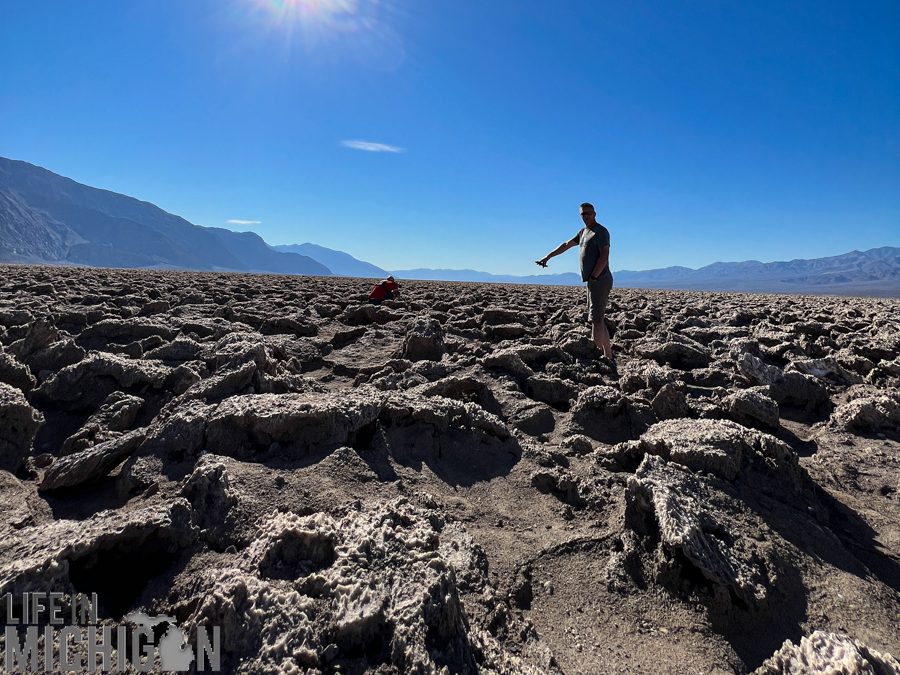
Devil’s Golf Course isn’t a hike but a quick thing to check out after the Badwater Salt Flat. It has a curious name, but it isn’t a golf course, “Only the devil could play golf on such rough links,” someone must have quipped. The sign warned, “Be careful! Walking on the Devils Golf Course is very difficult. A fall could result in painful cuts or even broken bones.” We stayed on edge and could easily hear the tiny pops of the tiny salt crystals bursting apart. It reminded me of the sound of your car engine as it’s cooling.
Salt Creek Interpretive Trail
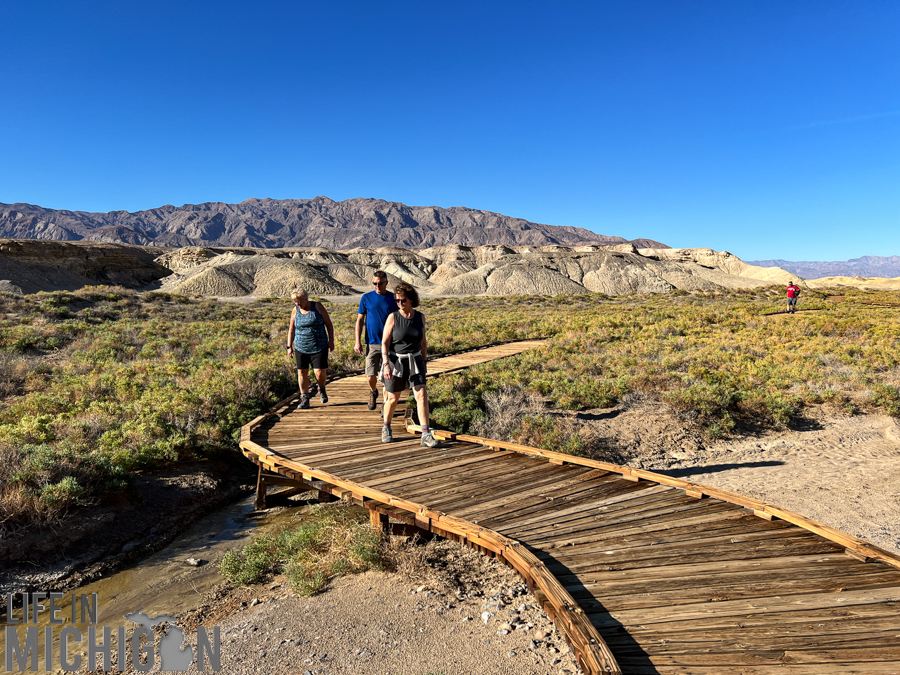
Since we visited Death Valley in November, water was flowing down to the boardwalk on Salt Creek. It only flows from November through May and if you want to see the Salt Creek Pupfish, visit between February and April. The boardwalk is ADA accessible and is good for everyone. The unpaved Salt Creek Road is bumpy but tolerable.
Harmony Borax Works
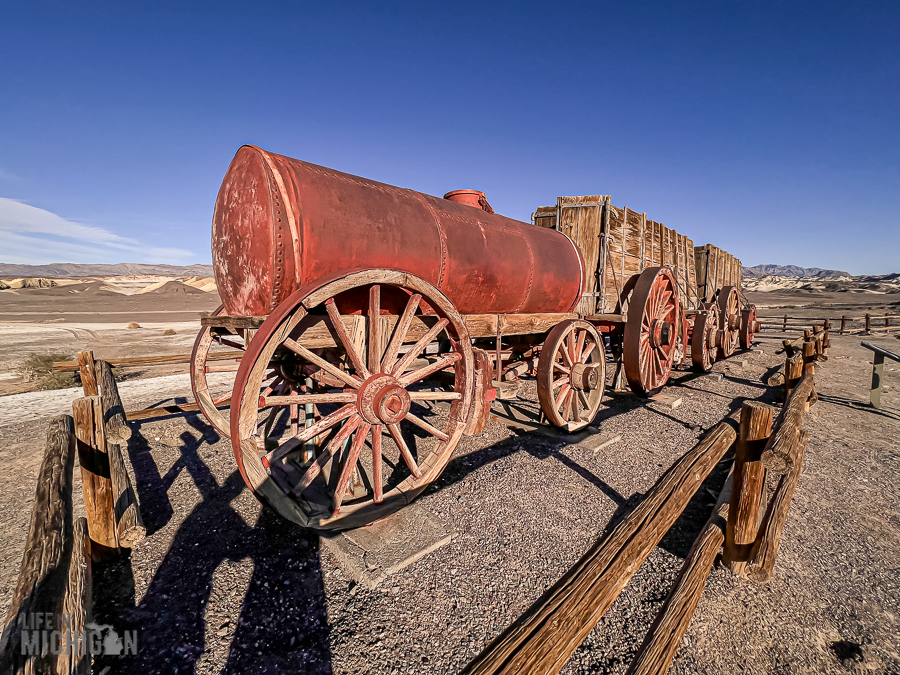
The Harmony Borax Works interpretive trail is near Furnace Creek Visitor Center. We drove by a dozen times before I finally said, “Stop, I want to check out wagons.” It takes less than an hour, and you’ll learn a bit of history as you stroll along the paved loop, which is ADA compliant. It’s a great place to see the night sky, which l learned while writing this article.
Mesquite Flat Dunes

The Death Valley visitor guide recommends visiting Mesquite Flat Dunes at sunrise, sunset, or full-moon lighting for unforgettable experiences. We didn’t take their advice and visit during their recommended time, but it was still an unforgettable experience.
Prints in the sand left by snakes, birds, and animals were fun to find, as was trying to guess who or what left them behind. Now is an excellent time to remind you, “never place your hands or feet where you can’t see first. Rattlesnakes, scorpions, or black widow spiders may be sheltering there.”
There isn’t a trail. You are free to wander through the dune field.
Must-See Stops
Zabriskie Point

You can’t visit Death Valley and not stop at Zabriskie Point. When looking at the badlands below, imagine what was running through the pioneers’ heads who got lost in Death Valley. I shudder to think about it. From Zabriskie Point, you can see the salt flats and the imposing Panamint Mountains beyond the badlands. The badlands reminded me of a rumpled blanket.
A trailhead at Zabriskie Point is a three-mile out-and-back trip and is considered a moderate hike. We opted just to enjoy the view.
Artist’s Drive

We drove the nine-mile paved road called Artist’s Drive twice; it was that beautiful. The colorful hills looked different both times. If you’re a Star Wars Fan, check out spots in the area where parts of Star Wars Episode IV were filmed.
Jeep Tour
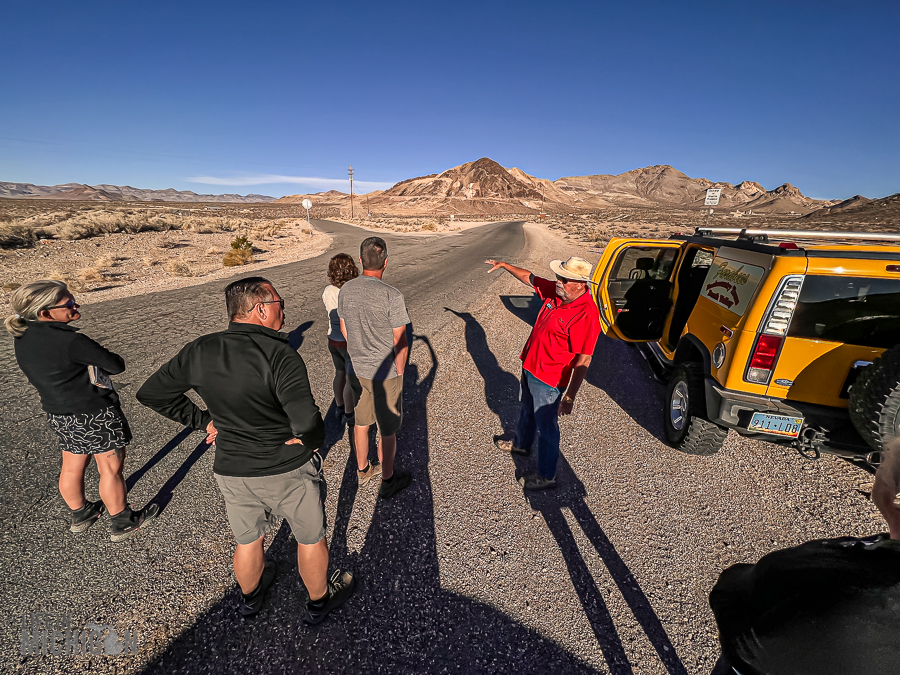
While checking into the Ranch at Death Valley, we found a flier for the Farabee’s Jeep Tours. It took us a hot minute to decide to book a tour. All tours must be reserved in advance, a minimum of 24 hours ahead. There were several tour options; we booked the four-hour Titus Canyon Tour because the road looked too rough for our rental, and having a guide would be a great way to learn more about Death Valley.
Their four-door Jeeps fit four adults, but they can accommodate five if you have children. They also have two-door Jeeps which seat two. You drive yourself or hire their guide/driver. Since we were a party of six, we rented two four-door jeeps and hired their guide to drive one of the Jeeps. The roads are tricky and not for the faint of heart. The most experienced drivers should be in the driver’s seat.
Expect to sign the standard waiver, and if you are driving, have a valid driver’s license, a credit card, and proof of insurance that covers rental cars. (Note you must be over 25 if planning to drive.) All guides are first aid/CPR certified. Note lunches are not included.
Our guide brought extra water, snacks, and an added bonus. We quickly learned he was a retired police officer from Milwaukee, Wisconsin, and a natural storyteller. He peppered us with his stories about Death Valley with bits and pieces about his life. We were intrigued by his stories of working as a bodyguard for Ronald McDonald, but when he mentioned he was tangentially involved with the Jeffrey Dahmer serial killer case, we were riveted.
Highlights from the Titius Canyon Tour include: the Rhyolite Ghost Town, driving over the Red Pass, the Titus Canyon Narrows, and the Petroglyphs.

Photo: Rhyolite Ghost Town

Photo: Sketchy road over Red Pass
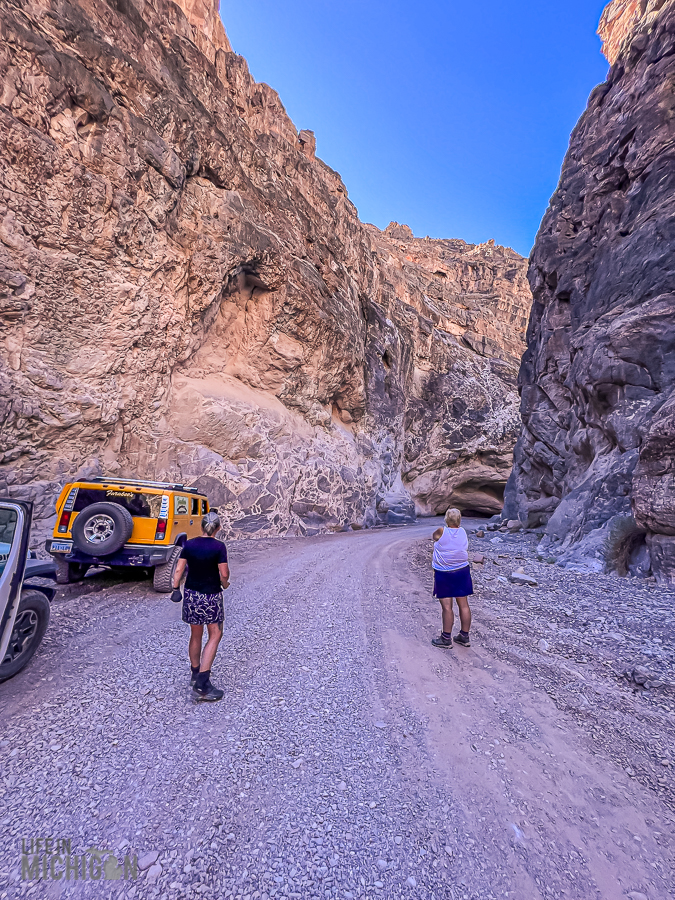
Photo: Titus Canyon Narrows
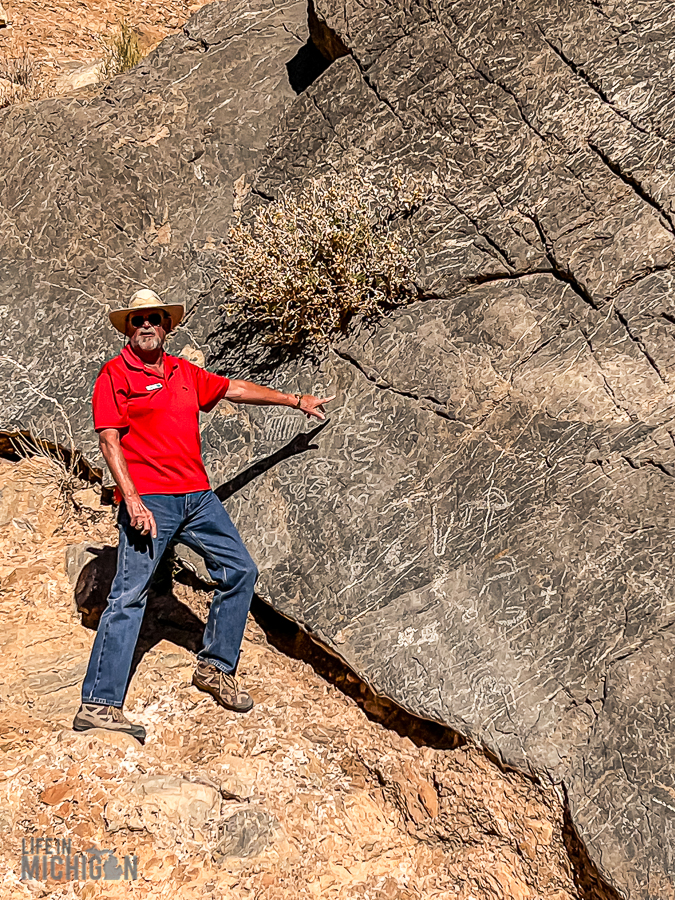
Photo: Petroglyphs
Prices vary depending on the tour, and all are a 2-person minimum. In March 2022, prices ranged from $125 to $325 per person. Please check their site as prices may change.
Accommodations
We vacillated about where to stay. There are four places listed on the Park’s Lodging webpage. We finally picked The Ranch at Death Valley, because we wanted to stay inside the park and be close to many of the trailheads and must-see sights. The rooms were comfortable, and the spring feed pool was a bonus.
Senior Lifetime Pass
The Senior Lifetime Pass for the National Park is now $80. (Dianne purchased her pass for $20, I was very jealous!) To purchase the Senior Lifetime pass, you must have celebrated your 62nd birthday. If you are not yet 62, the entrance fee is $35 per car, which you can pay at the visitors center.
Don’t let Death Valley’s claim as the “Hottest, Driest and Lowest National Park” scare you. With care and planning, your visit will be safe and memorable.
Pictures
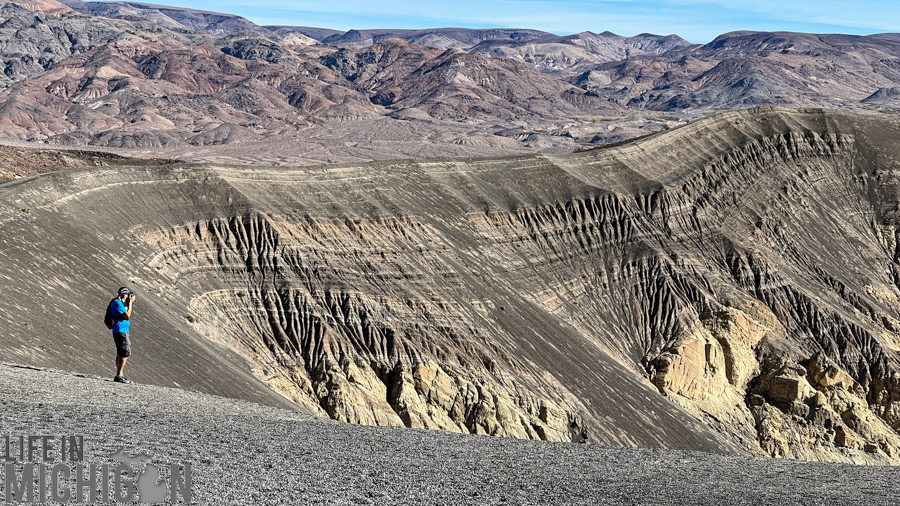
We have a whole gallery of images from our Death Valley adventure. Please explore and let us know what you think. If you have suggestions for a return visit, we are all ears. Leave us a comment or drop us an email.
Become a Supporter!
We need your help to keep our website ad-free. Become a supporter of Life In Michigan! People like you who enjoy our stories help us keep Life in Michigan going strong. If you have the means, consider showing your support on our Patreon Page.
Share the News
If you enjoyed the story, then share it on your favorite social media venue or send it as a link to your friends and family. This is good for everyone!
Stay Connected
We’d love it if you’d like our Facebook page. After you subscribe to our newsletter, Life In Michigan posts are delivered directly to your email box. You can also find us on Instagram. Cheers!


